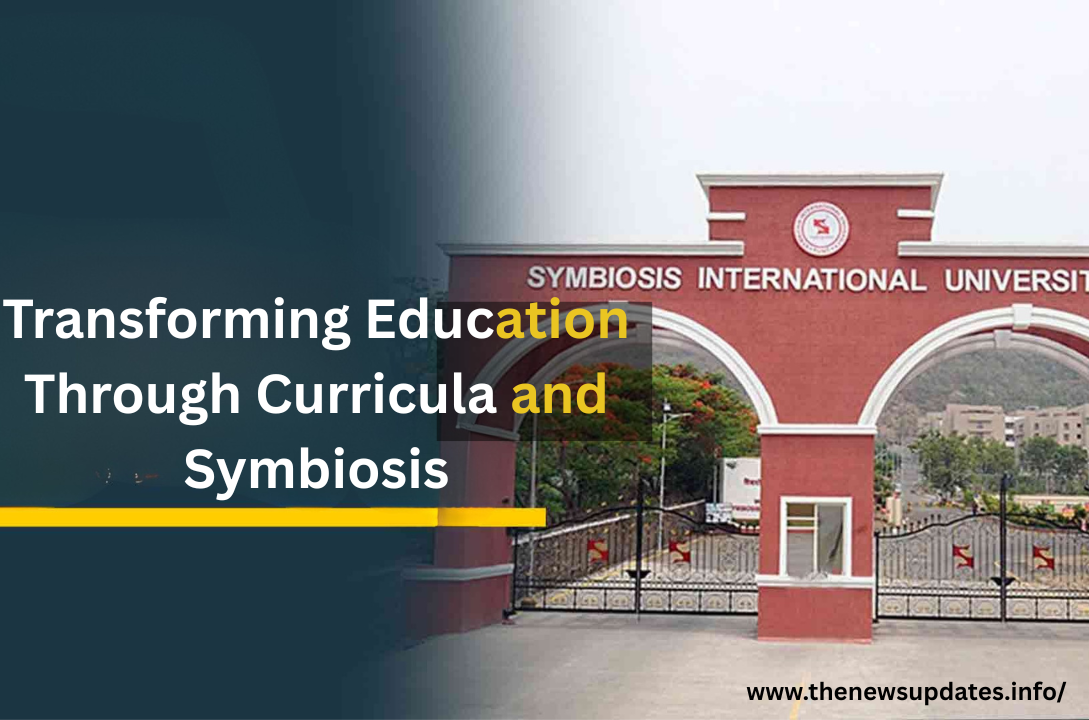Understanding Educational Curricula
Educational curricula define the structure of learning in schools and universities. They outline what students must learn at each academic stage.A well crafted curriculum fosters creativity, critical thinking, and problem-solving skills.
Rote learning is frequently the only a focus of traditional educational models. Modern curricula, however, aim for a more comprehensive development. Academic, emotional, and social learning outcomes are all part of these systems. In order to develop flexible learners, schools nowadays combine foundational subjects with practical skills.
Importance of Adaptive Learning Frameworks
Curricula must evolve with changing times. Rapid technological advancements and globalization demand new skills. An adaptive curriculum keeps students relevant in today’s competitive world. It also prepares them for unforeseen challenges.
For example, coding and financial literacy are now part of many academic programs. These additions equip students with tools to succeed beyond classrooms. Flexible structures encourage personalized learning experiences, improving student engagement.
What is Symbiosis in Education?
Symbiosis means mutual benefit between two entities. In education, it refers to the collaboration between institutions, students, industries, and communities. Each group contributes and gains something valuable.
Schools partner with industries to create practical learning models. These partnerships offer internships, workshops, and guest lectures. Students gain hands-on exposure while industries receive fresh ideas and skilled future employees.
Curriculum and Symbiosis: A Powerful Combination
Integrating symbiosis into curriculum design brings powerful results. It bridges the gap between theory and practice. Students learn through real-world applications, not just textbooks.
For instance, a biology class can collaborate with a local farm. Students study plant growth firsthand, strengthening their understanding. This direct engagement boosts retention and sparks curiosity.
Symbiotic relationships also include parents, NGOs, and tech firms. All contribute to a dynamic, enriched learning environment.
Role of Technology in Educational Symbiosis
Digital tools play a vital role in modern curricula and symbiosis. Online platforms offer global collaboration. Students from different countries can now learn together, exchange ideas, and solve problems collectively.
Virtual classrooms, e-learning apps, and AI-driven tools personalize the learning process. They also enable continuous assessment and instant feedback. These technologies foster active student participation and enhance curriculum delivery.
Symbiosis Between Teachers and Students
Teachers are no longer just knowledge providers. Today, they act as mentors, facilitators, and co-learners. A symbiotic relationship between teacher and student creates trust, respect, and shared growth.
Involving students in lesson planning or assessments enhances this bond. When learners contribute, they feel valued and motivated. Such relationships develop communication and leadership skills naturally.
Global Models of Curriculum Symbiosis
Countries like Finland and Singapore lead in symbiotic education. Their curricula emphasize collaboration, critical thinking, and life skills. Schools work closely with communities, businesses, and governments.
Multidisciplinary education is promoted in these countries. Subjects are taught in relation to current issues rather than in an empty space. This model gives students to effectively address global issues.
Challenges and Solutions
Despite its benefits, implementing a symbiotic curriculum faces challenges. Resource limitations, outdated policies, and resistance to change are common. However, collaboration among educators, policymakers, and innovators can overcome these barriers.
Pilot projects, teacher training, and community involvement are essential. Even small initiatives can inspire bigger educational reforms.
Conclusion: A New Era in Education
Curricula and symbiosis together offer a powerful path forward. They align education with modern needs and future goals. By fostering mutual growth and relevance, this model reshapes the learning experience for all.
Educators must embrace change. Institutions must promote collaboration. Students must be active participants. Only then can we build an education system that truly empowers every learner.




